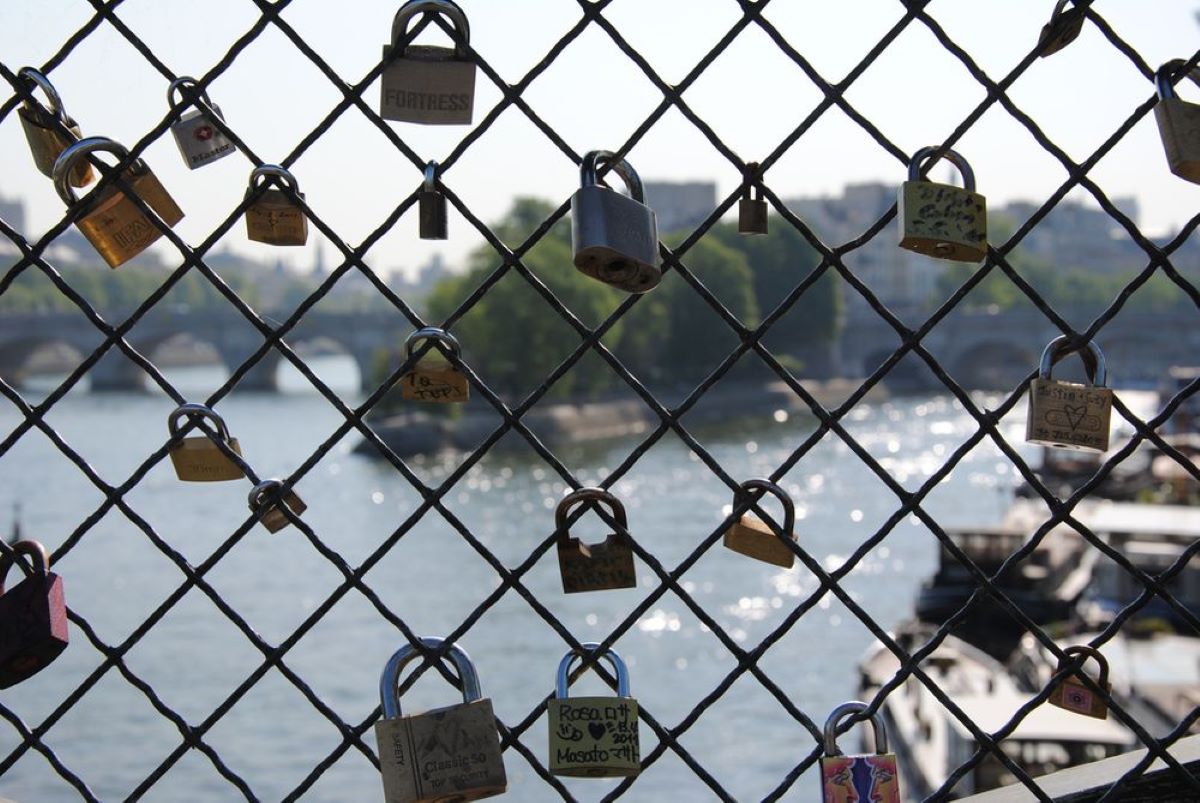

Articles
What Does Locks On A Fence Mean
Modified: December 7, 2023
Learn the meaning behind locks on a fence in our informative articles. Understand why people choose to add locks for security or sentimental reasons.
(Many of the links in this article redirect to a specific reviewed product. Your purchase of these products through affiliate links helps to generate commission for Storables.com, at no extra cost. Learn more)
Introduction
In recent years, it has become increasingly common to see locks adorning fences in various locations around the world. These locks, often engraved with initials or names, have sparked curiosity and intrigue among passersby. But what do these locks on a fence actually mean? Are they simply a decorative addition, or do they hold a deeper significance?
Locks on a fence, also known as love locks or padlocks of love, have emerged as a symbolic gesture of love and commitment. They serve as a tangible representation of a bond shared by couples, friends, or family members. This phenomenon has gained popularity due to its sentimental value and the opportunity it provides for individuals to express their heartfelt emotions in a unique and public way.
Throughout history, locks have played a crucial role in safeguarding cherished possessions and securing valuable artifacts. However, the concept of attaching locks to fences as a form of sentimental expression is a more recent development.
The practice of locking a padlock to a fence as a symbol of enduring love first gained attention in the early 2000s. It is believed to have originated in Rome, Italy, on the Ponte Milvio Bridge, where couples would affix a lock to the bridge and throw away the key, signifying their unbreakable bond. This romantic gesture soon captured the imagination of people worldwide and spread to numerous landmarks and structures.
Locks on a fence have come to represent love, loyalty, and commitment. Each lock holds a story and a profound connection between the individuals who placed it there. The act of attaching a lock signifies a lifelong commitment or a declaration of everlasting friendship.
This trend has become particularly popular among couples, who view the act of locking their love as a way to solidify their relationship and express their devotion to each other. It provides a physical manifestation of their love, a symbol that can be revisited in the future as a reminder of their bond.
Furthermore, the locks on a fence serve as a testament to the power of human connection and the universal desire for love and companionship. They serve as a visual declaration that love knows no boundaries and can be found in all corners of the world.
While locks on a fence are primarily associated with romantic love, they can also hold significance in other relationships. Friends and family members might use them to symbolize their unbreakable bonds and demonstrate their unwavering support for one another.
However, this popular practice has not been without controversy. Some argue that the sheer weight of the locks can threaten the stability and structural integrity of a fence or bridge. Additionally, concerns have been raised about the environmental impact of disposing of large quantities of locks.
In response to these concerns, several cities and landmarks have implemented measures to regulate or discourage the practice, either by regularly removing the locks or providing designated areas for lock placement.
Despite the debates surrounding locks on a fence, they continue to capture the imagination and curiosity of people worldwide. The symbolism and romanticism associated with locking love transcend cultural boundaries, making it a cherished tradition.
So, the next time you come across a fence adorned with locks, take a moment to appreciate the love and commitment they represent. Behind each lock lies a story of love, hope, and a testament to the enduring power of human connection.
Key Takeaways:
- Locks on a fence, also known as love locks, symbolize enduring love and commitment, transcending cultural boundaries and serving as a public declaration of emotional connection.
- While controversial, locks on a fence represent the universal desire for love and companionship, sparking creativity in alternative ways to express love and commitment.
Read more: What Does A Purple Fence Mean
Definition of Locks on a Fence
Locks on a fence, also known as love locks or padlocks of love, refer to the act of attaching padlocks to fences or other structures as a symbolic gesture of love and commitment. This practice involves inscribing initials, names, or messages on the locks before securing them to a fence. The concept of locks on a fence gained popularity as a global phenomenon in the early 2000s and has since become a recognizable symbol.
These locks have come to represent a physical manifestation of the emotional connection between individuals. By attaching a lock to a fence, people declare their unwavering love and commitment to each other, affirming their desire for a long-lasting relationship.
The act of locking a padlock to a fence symbolizes the idea of permanence and steadfastness. Just as a lock keeps something secure and inaccessible, the lock on a fence symbolizes an unbreakable bond and an enduring connection. It serves as a visual reminder of the love, trust, and loyalty shared between two people.
Love locks are often associated with romantic relationships, with couples using them to seal their commitment to each other. However, the use of locks on a fence is not limited to romantic love alone. Friends, family members, and even communities have embraced this practice as a way to display their strong bonds and support for each other.
This symbolic act has gained prominence due to its ability to convey deep emotions in a tangible way. By making their love and devotion physically visible, individuals can express their feelings openly and create lasting memories. The significance of the locks extends beyond the individuals involved, drawing attention from onlookers who are intrigued by the stories and meanings attached to each lock.
While the practice of attaching locks to a fence is primarily symbolic, it is crucial to consider the context and location in which it takes place. Some landmarks and cities have embraced the tradition and designated specific areas for lock placement. Others have chosen to remove the locks periodically to ensure the structural integrity of the fences or buildings.
Overall, the definition of locks on a fence revolves around the act of affixing padlocks to display love, commitment, and deep connections between individuals. It is a powerful and visual representation of the emotional bonds that tie us together, reminding us of the enduring power of love and the significance of human connections.
Historical Context of Locks on a Fence
The practice of affixing locks to fences as a symbol of love and commitment has its roots in various cultural and historical contexts. While the exact origins are difficult to trace, the tradition gained widespread recognition in the early 2000s.
One of the earliest known instances of locks on a fence can be traced back to Rome, Italy, specifically the Ponte Milvio Bridge. Legend has it that the tradition began with a story of eternal love. A young couple, deeply in love, inscribed their initials on a padlock and attached it to the bridge railing. They then tossed the key into the river below, sealing their commitment. Inspired by this romantic gesture, couples began following suit, contributing to a growing display of padlocks on the bridge.
This romantic practice captured the attention of people from around the world, and soon, other landmarks and structures became sites for this symbolic tradition. The concept of locks on a fence gradually spread to other cities, such as Paris, Prague, Seoul, and New York City, among others.
The historical significance of locks on a fence lies in the expression of enduring love and commitment. It harkens back to the tradition of inscribing names or initials on an object as a token of affection. This custom can be traced back to ancient times, where individuals would carve their messages onto trees or stones to proclaim their love for eternity.
Additionally, the act of locking a padlock has historical associations with the concept of fidelity and trust. In some cultures, couples would perform a ritual known as “handfasting,” where their hands would be bound together with a cord or ribbon, symbolizing their commitment to one another. The practice of locking a padlock onto a fence serves a similar purpose, solidifying the commitment between two individuals.
Locks on a fence also reflect the human desire for permanence and immortality. By affixing a lock to a structure, individuals aim to create a lasting legacy of their love. It becomes a physical representation of their relationship, a testament to their enduring bond.
However, it’s important to note that the tradition of locks on a fence has faced criticism and controversy. Some argue that it can be seen as defacing public property or compromising the structural integrity of fences or bridges. As a result, certain cities and landmarks have taken measures to regulate the practice or remove the locks periodically.
Despite the debates, the historical context of locks on a fence highlights the timeless human desire to express love and commitment in a tangible way. The tradition continues to evolve and adapt, retaining its significance as a symbol of enduring love in our modern world.
Symbolism and Meaning of Locks on a Fence
Locks on a fence hold significant symbolism and meaning, representing love, commitment, and the enduring nature of human relationships. This symbolizes the deep emotional connection between individuals and serves as a tangible reminder of their bond.
One of the key symbols of locks on a fence is the concept of permanence. The act of securing a padlock to a fence or other structure signifies an unwavering commitment and a desire for a long-lasting relationship. Just as a lock provides security and prevents access, the lock on a fence symbolizes an unbreakable bond and a commitment to maintaining that connection.
The physicality of the lock adds an emotional weight to its symbolism. By engraving initials, names, or messages on the lock, individuals personalize the symbol, creating a unique representation of their relationship. This personal touch adds depth and meaning, as the lock becomes a cherished memento and a testament to their love.
Locks on a fence also represent a public display of love and affection. Affixing a lock in a public setting allows others to witness and acknowledge the depth of the relationship. It serves as a declaration that the bond shared between the individuals is not only strong but also deserving of recognition and celebration.
Another facet of the symbolism of locks on a fence is the power of human connection. Each lock represents a story, a moment in time, and a union of two hearts. The multitude of locks on a fence serves as a collective representation of love and emotional interconnectedness. It demonstrates that love transcends boundaries and connects people from all walks of life, fostering a sense of unity and community.
The act of attaching a padlock to a fence can also be seen as a ritualistic gesture. Just as ancient cultures performed ceremonies to solidify relationships, the act of locking a padlock signifies a sacred commitment. By throwing away the key or locking it out of reach, individuals symbolically declare their dedication and unwavering loyalty to one another.
Additionally, locks on a fence can symbolize trust and security. When two individuals choose to lock their love, they are affirming their faith in each other and their willingness to protect and preserve their relationship. The lock serves as a visual representation of the trust and emotional safety they share.
It is important to note that the symbolism of locks on a fence can vary based on cultural context and personal interpretation. Each lock carries its own unique meaning to the individuals involved, as it represents their unique bond and journey together.
In summary, locks on a fence hold profound symbolism and meaning, symbolizing love, commitment, permanence, unity, trust, and recognition. They serve as a public declaration of a deep emotional connection, creating a lasting legacy of love and reminding us of the power and beauty of human relationships.
Cultural Significance of Locks on a Fence
Locks on a fence, with their symbolic representation of love and commitment, hold cultural significance across various societies and communities. This practice has gained prominence worldwide, transcending cultural boundaries and becoming a recognized symbol of emotional connection.
In many Western cultures, locks on a fence have become synonymous with romance and lasting love. Couples often participate in this tradition as a way to solidify their commitment to one another. In these cultures, the act of affixing a lock to a fence serves as a public declaration of the strength and endurance of their relationship.
For example, in France, locks on a fence are prominently seen on the Pont des Arts Bridge in Paris. The tradition of attaching locks to this bridge has become an iconic symbol of everlasting love in the city of romance. Couples from around the world flock to this bridge to add their own lock, cementing their love in a place steeped in cultural significance.
In Asia, the practice of locks on a fence has also gained popularity. South Korea, in particular, has embraced this tradition as a way for couples to express their affection and commitment. The N Seoul Tower in Seoul is a prime location for this tradition, with thousands of locks adorning the fence surrounding the tower. The abundance of locks symbolizes the universal desire for love and serves as a powerful cultural emblem.
In some cultures, locks on a fence extend beyond romantic love. The tradition is also used to commemorate friendships, familial bonds, and community connections. It is not uncommon to see groups of friends or families placing locks together to signify their unbreakable ties and support for one another. This broader cultural significance highlights the universal nature of human relationships and the importance of emotional connections in society.
Moreover, locks on a fence have become a popular form of self-expression and creativity. The locks themselves often feature elaborate designs, colorful engravings, or heartfelt messages, reflecting the cultural aesthetics and individual personalities of those who place them. This artistic aspect of the tradition further emphasizes the cultural significance of locks on a fence.
It is important to note that while locks on a fence hold cultural significance in many communities, there are also cultural variations and interpretations of this tradition. The specific symbols, rituals, and meanings associated with locks on a fence can vary from culture to culture, adding depth and diversity to the practice.
Overall, the cultural significance of locks on a fence lies in their ability to celebrate and honor the universal themes of love, connection, and commitment. Regardless of cultural background, individuals come together to participate in this tradition, forging a collective understanding of the value of emotional bonds and the power of love.
Locks on a fence are often placed there by couples as a symbol of their love and commitment. It is a tradition in some cultures to lock the padlock on the fence and throw away the key, signifying their everlasting love.
Read more: What Does Delayed Door Lock Mean
Controversies and Debates Surrounding Locks on a Fence
While locks on a fence have gained popularity as a symbol of love and commitment, they have also sparked controversy and debates in various communities and cities around the world. These controversies revolve around the potential negative impacts of the practice on the environment, public safety, and infrastructure.
One of the main concerns surrounding locks on a fence is the potential damage they can cause to the infrastructure. Fences, bridges, and other structures are not originally designed to bear the weight of numerous padlocks. Over time, the accumulation of locks can strain the structural integrity, posing a safety risk to pedestrians and compromising the stability of the infrastructure.
Additionally, the removal of locks on a fence can be a challenging and time-consuming process. Maintenance crews often have to cut through the locks, potentially damaging the fence or structure further. The cost and effort required for regular removal and maintenance are additional considerations.
Another significant concern is the environmental impact of locks on a fence. The majority of these padlocks are made of non-biodegradable materials, such as metal or plastic, which can contribute to pollution and waste. As the trend continues to grow, the accumulation of locks becomes an environmental burden.
To address these concerns, some cities and landmarks have implemented regulations or adopted alternative practices. For example, in Paris, the famous Pont des Arts Bridge had to undergo renovations due to the weight of the locks. The locks were eventually removed and replaced with plexiglass panels to protect the structure while preserving the symbolic tradition.
Other cities have designated specific areas for locks, such as decorative structures or designated fence sections. This allows individuals to participate in the tradition while minimizing the impact on the surrounding infrastructure. In some cases, cities or landmarks regularly remove the locks to ensure the safety and longevity of the structures.
Despite the controversies, it is important to acknowledge the sentimental value and cultural significance of locks on a fence for many individuals. The act of placing a lock holds deep emotional meaning and allows people to publicly commemorate their love and commitment.
Alternatives to traditional locks on a fence have also emerged as a way to mitigate the negative impacts. Some individuals opt for virtual locks, which involve submitting online representations of locks rather than physically attaching them to structures. This allows people to participate in the tradition without contributing to the potential damage or waste.
Ultimately, the controversies and debates surrounding locks on a fence highlight the need for a balance between honoring sentimental traditions and protecting public safety, infrastructure, and the environment. It is essential for communities to find sustainable solutions that allow for personal expression while safeguarding the integrity and longevity of the spaces they occupy.
Examples of Famous Locations with Locks on a Fence
The tradition of attaching locks to fences as a symbol of love and commitment has spread to numerous famous locations around the world. These locations have become iconic for their displays of affectionate symbols and have drawn attention from visitors across the globe.
1. Pont des Arts Bridge – Paris, France:
The Pont des Arts Bridge in Paris gained international fame for its display of love locks. For years, couples visited the bridge to attach their padlocks to the railings, symbolizing their eternal love. The weight of the locks eventually became a concern, leading to the removal of the locks and the installation of plexiglass panels to maintain the tradition while preserving the structure.
2. N Seoul Tower – Seoul, South Korea:
The N Seoul Tower is a popular tourist attraction known for its panoramic views of Seoul. The fence surrounding the tower became an ideal spot for couples to attach love locks. Thousands of colorful locks can be seen adorning the fence, representing the love and commitment shared by couples from around the world.
3. Hohenzollern Bridge – Cologne, Germany:
The Hohenzollern Bridge in Cologne has become a significant location for love locks. As one of the most traveled railway bridges in Germany, it became a symbol of union and enduring love for couples. The sight of hundreds of locks on the bridge railing serves as a testament to the power of love.
4. Brooklyn Bridge – New York City, United States:
The Brooklyn Bridge in New York City has also seen the emergence of love locks. Couples walking across the iconic bridge often attach their padlocks to the railings as a declaration of their love. The combination of the breathtaking city skyline and the locks adds an extra touch of romance to this famous location.
5. Mount Huangshan – Anhui, China:
Mount Huangshan, also known as the Yellow Mountain, is renowned for its natural beauty and breathtaking landscapes. In recent years, visitors to this scenic mountain have begun attaching locks to designated areas, embracing the tradition of love locks and adding a touch of romance to the already mesmerizing backdrop.
These are just a few examples of famous locations where locks on a fence have become a cultural phenomenon. However, it’s important to note that the tradition has spread to numerous other landmarks and cities worldwide, each with its own unique display of love and commitment.
As the tradition continues to evolve and gain popularity, it is essential to strike a balance between preserving the sentimentality of the practice and ensuring the long-term preservation and structural integrity of the locations they adorn.
Alternative Ways of Expressing Love and Commitment
While affixing locks to fences as a symbol of love and commitment is a popular tradition, there are alternative ways to express these emotions that offer unique and meaningful experiences. These alternatives allow individuals to celebrate their relationships while respecting the concerns associated with locks on a fence.
1. Planting a Tree:
Planting a tree together can symbolize growth, strength, and the enduring nature of love. The act of planting and nurturing a living entity reflects the commitment and care invested in a relationship. As the tree grows, it becomes a living testament to the love shared between two individuals.
2. Exchanging Meaningful Gifts:
Choosing or creating a meaningful gift for a loved one can be a powerful way to express love and commitment. Personalized jewelry, handwritten letters, or custom-made artwork are just a few examples of thoughtful gifts that can serve as tangible reminders of love and devotion.
3. Performing Acts of Service:
Showcasing love and commitment through acts of service can have a profound impact. Supporting each other’s dreams and goals, providing a helping hand during difficult times, or volunteering together for a cause can be powerful expressions of love that strengthen the bond between individuals.
4. Creating a Shared Bucket List:
Developing a shared bucket list allows couples to dream and plan for the future together. It can include travel goals, personal achievements, or mutual experiences that strengthen the connection between two people. Checking off items from the bucket list creates lasting memories and fosters a sense of adventure and togetherness.
5. Writing Vows or Love Letters:
Crafting personal vows or writing love letters to one another allows individuals to articulate their feelings and intentions in a heartfelt and intimate way. These written expressions of love can serve as powerful reminders of the commitment and promises made in a relationship, strengthening the emotional bond.
6. Creating a Ritual or Tradition:
Establishing a unique ritual or tradition can be a beautiful way to express love and commitment. It could involve weekly date nights, annual trips, or even small daily rituals that connect two individuals and signify the importance of their relationship.
7. Sharing Quality Time Together:
Dedicating quality time to one another is a fundamental way to express love and commitment. Whether it’s a cozy night at home, a romantic dinner date, or an adventure-filled vacation, spending uninterrupted time together deepens the bond and reinforces the importance of the relationship.
It’s important to remember that the act of expressing love and commitment is deeply personal, and each couple may find unique ways to celebrate their connection. These alternatives to locks on a fence provide opportunities for individuals to create meaningful experiences that align with their values and relationship dynamics.
By showcasing love and commitment in alternative ways, individuals can find creative, sustainable, and personal expressions of their emotions, fostering deeper connections and creating lasting memories.
Conclusion
Locks on a fence, with their symbolic representation of love and commitment, have become a worldwide phenomenon. This tradition has captivated the hearts of individuals from diverse cultures, allowing them to express their deepest emotions in a tangible and public way.
Throughout history, locks have symbolized security and protection. The act of attaching locks to fences as a declaration of love and commitment has deep historical and cultural roots. It reflects the human desire for permanence, trust, and unity.
While locks on a fence have gained popularity and hold sentimental value, they have also generated controversies and debates. Concerns about structural integrity, potential damage to the environment, and public safety have led cities and landmarks to take measures to regulate or remove locks periodically.
Despite these controversies, the tradition of locks on a fence continues to evolve. Cities and individuals are finding alternative ways to express love and commitment, such as planting trees, exchanging meaningful gifts, performing acts of service, and creating shared rituals.
Locks on a fence serve as a visual testament to the enduring power of love and the significance of human connections. They transcend cultural boundaries, becoming universal symbols of unity and celebration of deep emotional bonds.
As we appreciate the beauty and symbolism of locks on a fence, it is important to find a balance between preserving sentimental traditions and respecting the concerns associated with them. By exploring alternative ways of expressing love and commitment, individuals can create meaningful experiences that infuse their relationships with depth, creativity, and sustainability.
In the end, the true essence lies in the love and commitment shared between individuals, rather than the physical presence of locks on a fence. Whether through locks on a fence or alternative expressions of love, what truly matters is the celebration of love and the dedication to nurturing and cherishing the relationships that bring immense joy and fulfillment to our lives.
Frequently Asked Questions about What Does Locks On A Fence Mean
Was this page helpful?
At Storables.com, we guarantee accurate and reliable information. Our content, validated by Expert Board Contributors, is crafted following stringent Editorial Policies. We're committed to providing you with well-researched, expert-backed insights for all your informational needs.
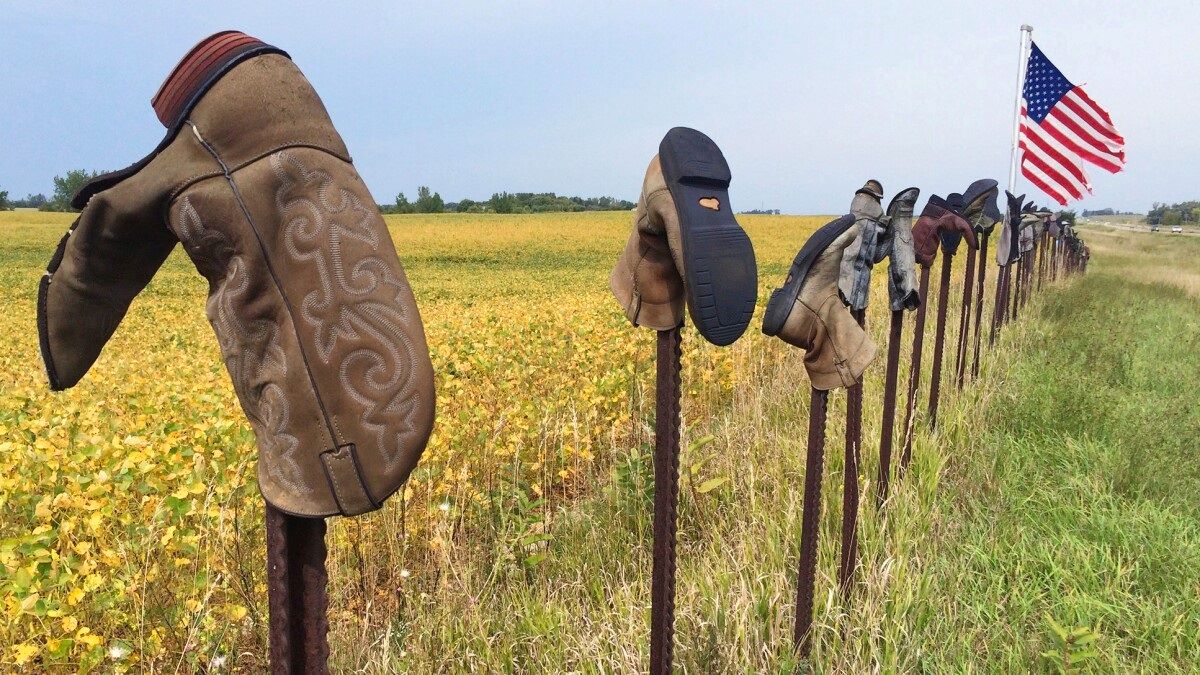
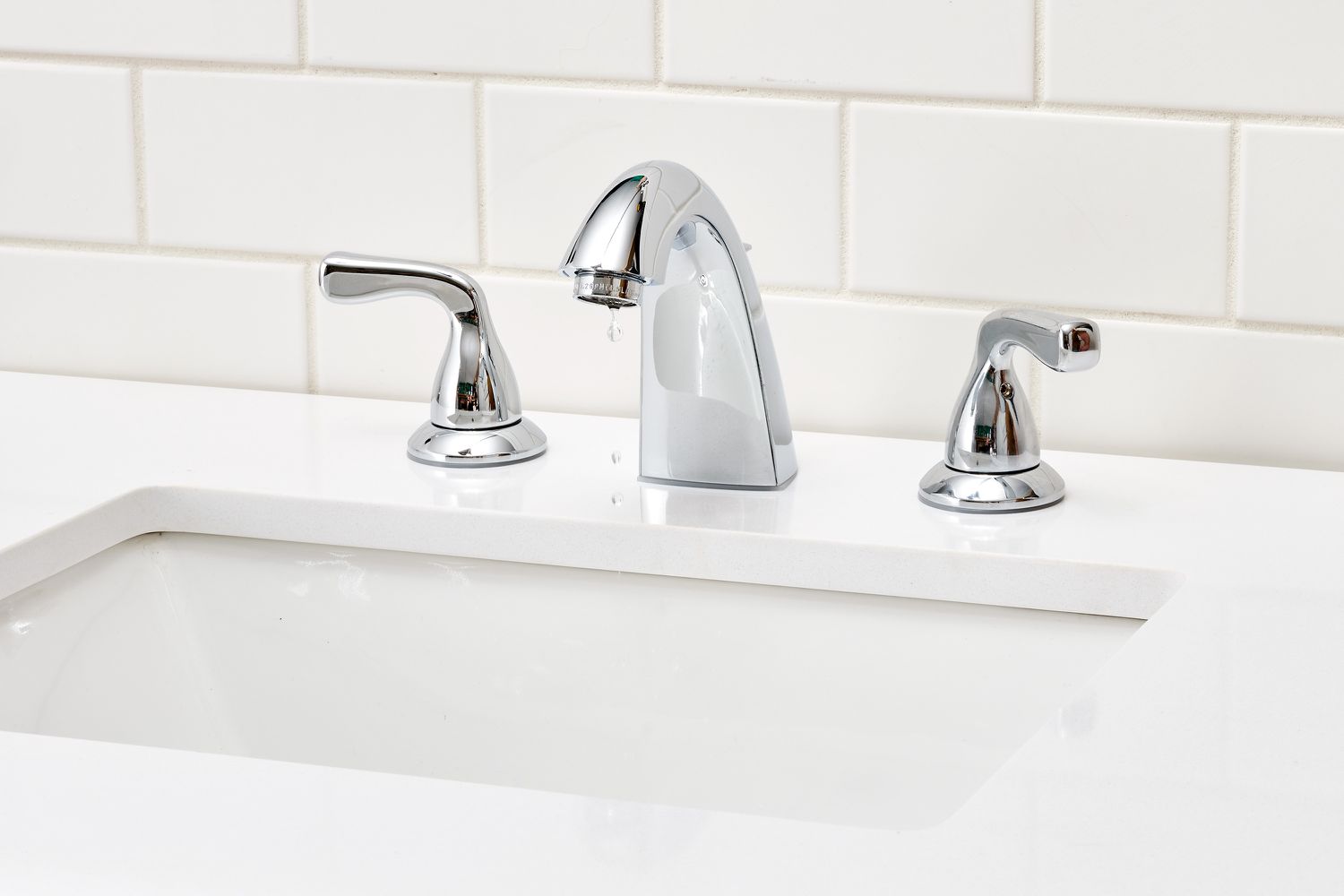



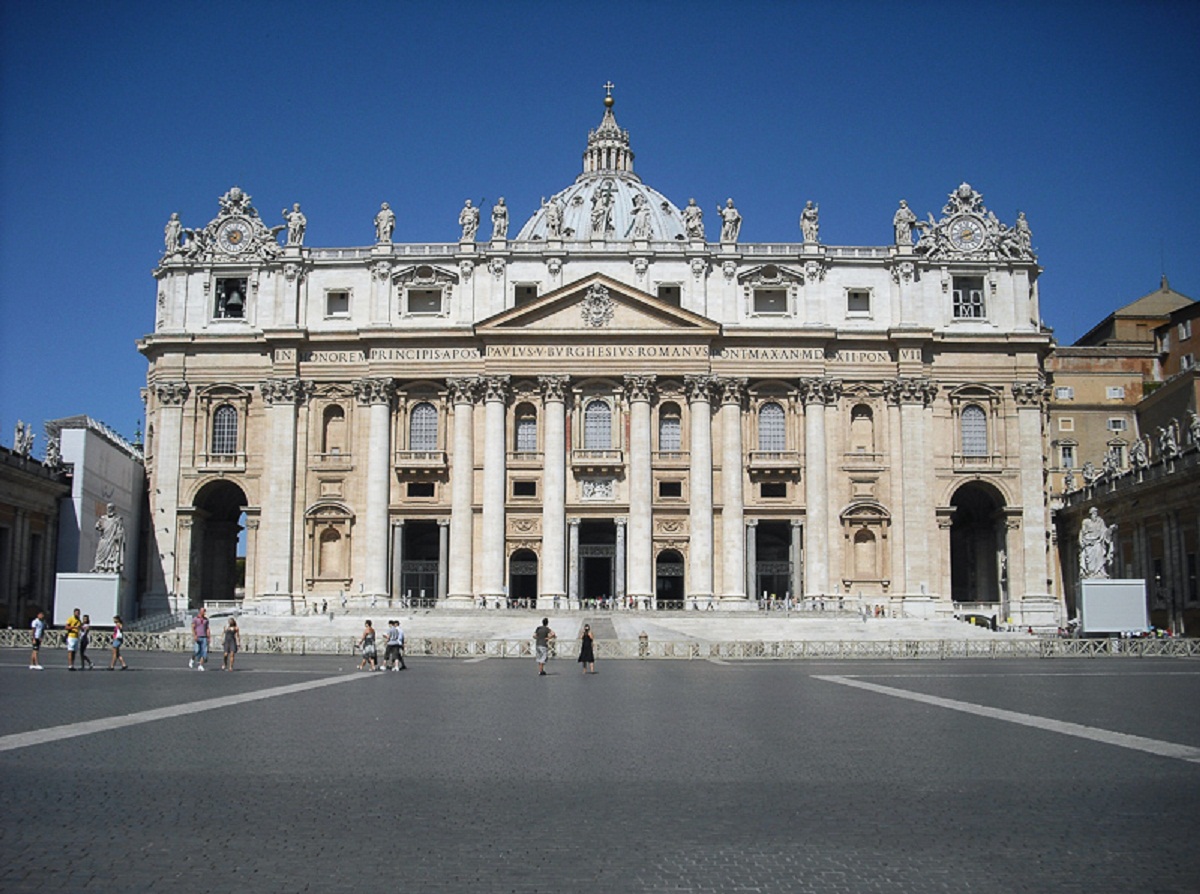

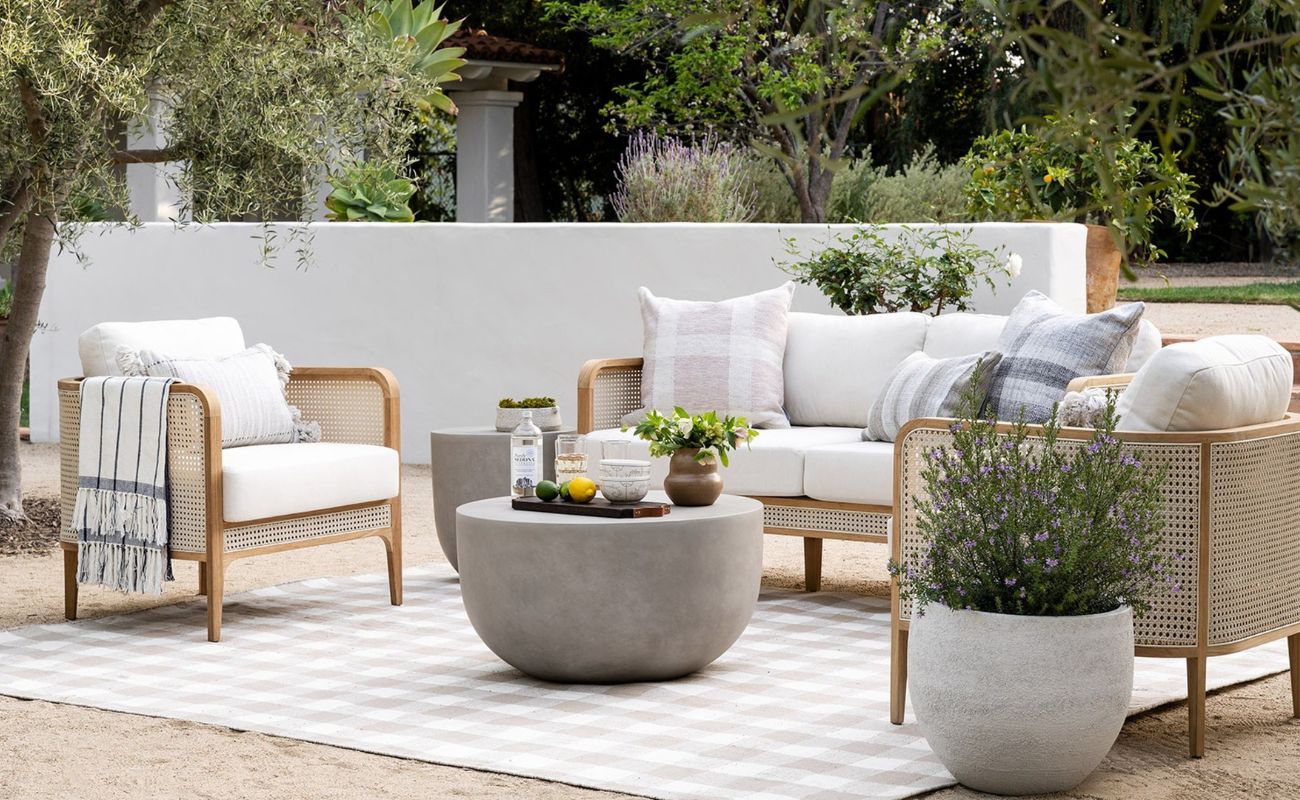

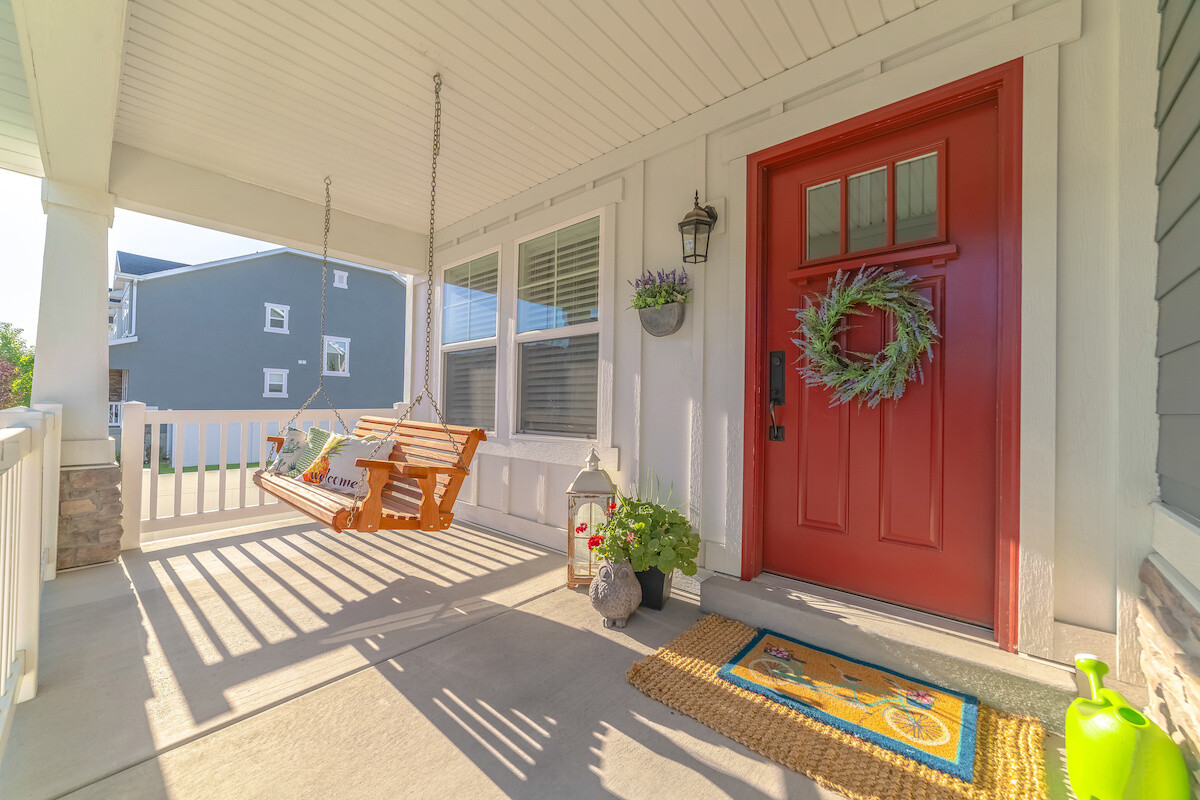





0 thoughts on “What Does Locks On A Fence Mean”